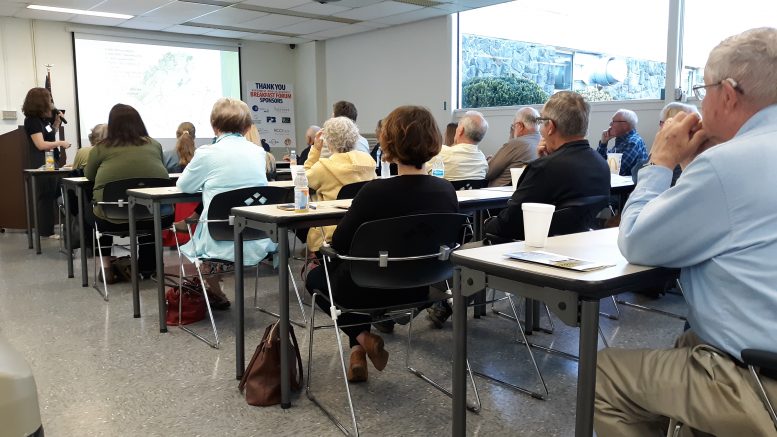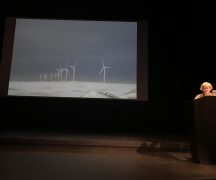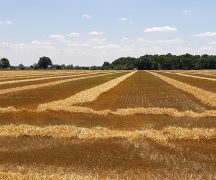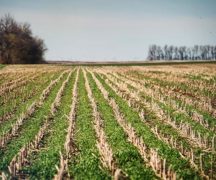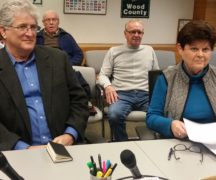By JAN LARSON McLAUGHLIN
BG Independent News
To make Northwest Ohio land fertile farmland, fields needed to be drained. Ditches were dug to quickly carry away the water. And wetlands were filled.
But that efficiency and efforts to put every inch of farmland into production are allowing phosphorus to run off the fields, into ditches and out to Lake Erie – with little standing in its way.
“We know that wetlands are the kidneys of our planet,” said Stephanie Singer, education outreach specialist for the Nature Conservancy, who spoke at the ag incubator in Wood County on Thursday.
Though typical in this region, the field drainage efforts are not commonplace.
“This thing about draining our farm fields is a pretty unique thing,” Singer said. “It’s pretty unique to our agriculture here.”
And it has become a huge factor in water quality in the region.
“The freshwater on our planet is very scarce,” she said. “We live next to one-fifth of the world’s fresh water.”
But like the Cuyahoga River catching on fire in 1969, it took Lake Erie turning green like pea soup in 2014 for the region to take notice of the water’s failing health.
That’s one of the goals of the Nature Conservancy, Singer said.
“We’re focused on the health of Lake Erie,” she said.
The Western Lake Erie Basin is home to more than 2 million residents and 5 million acres of farmland.
To prevent the harmful algal blooms that took over the lake in 2014, the goal is to reduce phosphorus leaving farm fields and entering the waterways by 40 percent, Singer said.
Scientists have found that 82 percent of the phosphorus entering the lake comes from agricultural sources. The other 18 percent comes from combined sewer overflows, septic systems, and non-farm fertilizers.
So the Nature Conservancy is working with farmers to make sure they are following the four “R”s – putting nutrients on the right place, at the right rate, at the right time, and from the right source.
The goal is to keep the phosphorus on the fields – rather than have it leave the land for the lake.
That’s where the timing comes in.
“When we have a lot of water coming into our rivers, we also have a lot of algal blooms,” Singer said. The greatest loading of phosphorus into the lake occurs during the 10 largest rainfalls of the year, she said.
The Nature Conservancy encourages farmers to look at three “buckets” of the phosphorus issue. They are in-field practices, edge of field practices, and in-stream efforts.
“Soil is a living, dynamic system,” Singer said. “It has the ability to hold the water if it’s healthy.”
Not over-applying fertilizer is key. But in the past, it was sometimes an issue when the fertilizer sales people were advising on how much should be used, Singer said.
“You should be making sure the nutrients are staying in place. We believe that could have a huge impact on water quality.”
At the edge of farm fields, Singer encouraged use of buffers and filter strips. Plants on the edge of fields can intercept phosphorus runoff. But this means farmers have to give up planting crops on land along the edges of fields.
And beyond the fields, “how can we build on what nature does,” Singer said.
In waterways, she urged the use of ditch systems to store water, so it can be filtered more before it reaches the lake. Recycling of drainage water can be done in agricultural ponds, which can then be tapped for irrigation.
Singer also recommended that the region needs to recreate wetlands.
“We have gotten rid of a lot of wetlands,” she said. “So we need to recreate them to give water time to filter.” The Nature Conservancy has a goal of restoring 1 percent (50,000 acres) of the Western Lake Erie Basin back to wetlands.
The Nature Conservancy values both the land and the farmers, Singer stressed.
“We advocate for agriculture and water quality,” she said. “We can have a clean water system and a sustainable agriculture system working together.”

